Unlocking the Secrets of Uganda’s Year-Round Splendor
Uganda is not merely a destination; it is a year-round invitation to discover raw beauty, abundant wildlife, and unforgettable cultural depth. Often described as the Pearl of Africa, Uganda presents a rare climatic advantage that few countries enjoy — it can be visited at any time of the year. However, the experiences, landscapes, and moods vary month by month, offering travelers a constantly changing yet always rewarding palette of adventures. Whether drenched in the lush greenery of the rainy seasons or bathed in the golden glow of the dry months, Uganda retains its charm and allure. What follows is a carefully detailed month-by-month exploration of when to visit, what to expect, and where to go in Uganda, providing invaluable insight into planning an enriching, unforgettable journey through one of Africa’s most magnificent destinations.
January
The year begins in Uganda with one of the most favorable climates. January sits firmly in the short dry season, with warm temperatures and limited rainfall, making it ideal for safaris and outdoor activities. Wildlife viewing is particularly rewarding during this period as animals gather around water sources, especially in Queen Elizabeth National Park and Murchison Falls National Park. The roads remain accessible, and the skies are often clear, offering exceptional conditions for photography and bird watching. Gorilla trekking in Bwindi Impenetrable Forest and chimpanzee tracking in Kibale Forest are highly recommended during this time due to the manageable forest trails and increased primate activity. This month also sees a vibrant cultural buzz in Kampala and other major towns as communities continue to celebrate the New Year.
February
February extends the dry spell, maintaining the ideal conditions for travelers seeking uninterrupted exploration. The landscape, though drier, still retains much of its beauty. Wildlife encounters remain vivid and dramatic, especially in the savannah parks where predators and prey engage in their timeless dance. It is an excellent month for visiting Lake Mburo National Park, known for its zebras, antelopes, and acacia-dotted scenery. The calm waters of Lake Bunyonyi also provide a perfect retreat for those seeking peace and scenic charm. February’s relative quietness on the tourist front enhances the sense of intimacy and immersion for travelers. The Rwenzori Mountains offer favorable conditions for high-altitude trekking, with minimal rain interference.
March
March marks the beginning of Uganda’s long rainy season. While some may shy away from travel during this period, those who do venture out are rewarded with lush vegetation and fewer crowds. Though certain rural roads may become muddy and challenging, the central and western parts of the country remain accessible. The rain breathes new life into the landscape, making this an extraordinary time for photography. Bwindi’s forests shimmer with renewed vibrancy, and waterfalls across the country swell with beauty and force. Although some safari activities may be weather-dependent, bird watching flourishes during this season, as migratory species add to Uganda’s already impressive list.
April
April continues with substantial rainfall, turning Uganda into a green paradise. It is the least busy month in terms of tourism, allowing for an unhurried and tranquil exploration of the country. National parks remain open, and while game drives may face occasional interruptions due to weather, the animal sightings are still rewarding. This is a deeply rewarding time for those who enjoy solitude and the poetic ambiance of mist-covered hills and rain-kissed forests. Lodges and tour operators may offer discounted rates during April, making it appealing for budget-conscious travelers seeking luxury experiences at a lower cost. For cultural enthusiasts, this is a time to dive deeper into local life and traditions as communities remain closely knit during the rainier periods.
May
May marks the tail-end of the long rains, as the skies begin to clear and the land responds with a burst of life. The scenery is at its most dramatic, with rolling green hills and crystal-clear lakes reflecting the new season. Safari destinations begin to dry out, offering improved accessibility while retaining the lush vegetation that enhances wildlife spotting. The cooler temperatures make hiking more comfortable, and treks to Mount Elgon or the crater lakes in Fort Portal are particularly recommended. Gorilla permits are often more available during this shoulder month, and the forest trails, while still damp, are less crowded. Uganda in May feels alive and abundant, with nature showing off its full potential.
June
As the dry season returns, June is widely regarded as one of the best months to visit Uganda. Conditions are optimal for virtually every type of activity, from game drives and gorilla trekking to mountain hiking and cultural experiences. The highlands remain cool and inviting, and the lowlands offer clear visibility for wildlife enthusiasts. Murchison Falls becomes particularly dramatic, with the Nile crashing through the narrow gorge in full view. Kibale Forest is alive with chimpanzee activity, and bird watchers continue to find joy in the rich variety of species. June marks the beginning of the peak tourist season, so advanced bookings are often necessary for popular accommodations and permits.
July
July deepens the dry spell and strengthens Uganda’s appeal as a safari destination. Wildlife congregates more predictably around water sources, and visibility remains excellent. This month is especially popular for travelers wishing to combine gorilla trekking with big game safaris. The Ishasha sector of Queen Elizabeth National Park, known for its tree-climbing lions, becomes a must-visit. Meanwhile, Jinja continues to attract thrill-seekers with white-water rafting, bungee jumping, and kayaking on the Nile. The absence of rain also means that road travel is smoother, allowing deeper exploration into remote parks such as Kidepo Valley, which offers rugged landscapes and undisturbed wildlife scenes.
August
August sustains the dry season’s allure, offering perfect safari conditions and unforgettable nature experiences. The days are sunny, the landscapes are open, and animals are easily spotted against the dry terrain. Gorilla and chimpanzee tracking continue to flourish, while Lake Victoria and the Ssese Islands present their most inviting faces for relaxation and waterside activities. Cultural festivals may dot the calendar in various regions, adding color and rhythm to the travel experience. Kidepo Valley National Park, often difficult to reach in the rainy season, becomes fully accessible, revealing its dramatic beauty and unmatched wildlife scenes.
September
As Uganda transitions into the short rainy season, September offers a nuanced travel experience. The rains are usually light and intermittent, allowing for most activities to continue unhindered. The landscape begins to green once more, and the renewed freshness breathes new life into the flora and fauna. Bwindi and Mgahinga forests regain their lushness, enhancing the trekking experience. Safari drives remain fruitful, and birdwatchers benefit from the shift in seasons. For those who prefer to avoid crowds but still enjoy decent weather, September serves as a sweet spot between peak season and rainy resurgence.
October
October experiences more consistent rainfall, but the temperatures remain pleasant and the travel experience becomes uniquely immersive. The vegetation flourishes, and the skies often display dramatic cloud formations that add depth and mood to landscapes. Although road conditions may vary, tour operators remain fully functional, and guided experiences continue to provide safe and enriching encounters. Waterfalls such as Sipi Falls gain renewed volume, offering spectacular photo opportunities and invigorating treks. The cultural atmosphere becomes more pronounced in rural areas, making October an excellent month for community-based tourism and experiential travel.
November
November remains under the influence of the short rains, but by no means should it be overlooked. The rains tend to fall mainly in the afternoons, leaving the mornings clear for exploration. This allows for more relaxed travel pacing and deeper immersion in Uganda’s serene, rain-washed beauty. Forest activities continue, and national parks remain open, albeit with slightly more effort required to navigate the terrain. Photographers particularly favor this time for the rich contrast in colors and moods. Lodges may offer promotions during this quieter season, enabling travelers to enjoy luxury at accessible rates. In Uganda, even the rainy days hold magic.
December
December brings back dry weather and a festive spirit that sweeps across the country. It is a time when Uganda opens itself with warmth, both in weather and hospitality. Families travel, events unfold, and the national parks buzz with life. This month is perfect for experiencing a little of everything — wildlife safaris, mountain hikes, cultural immersion, and lake-side relaxation. Gorilla trekking sees high demand, as does travel to Queen Elizabeth and Murchison Falls national parks. Kampala becomes a hub of celebration, with music, markets, and street food enlivening the urban spirit. December offers not just an escape, but a joyful embrace of all Uganda has to offer.
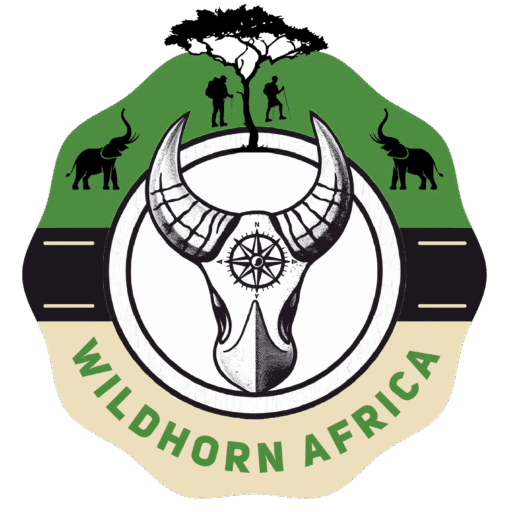


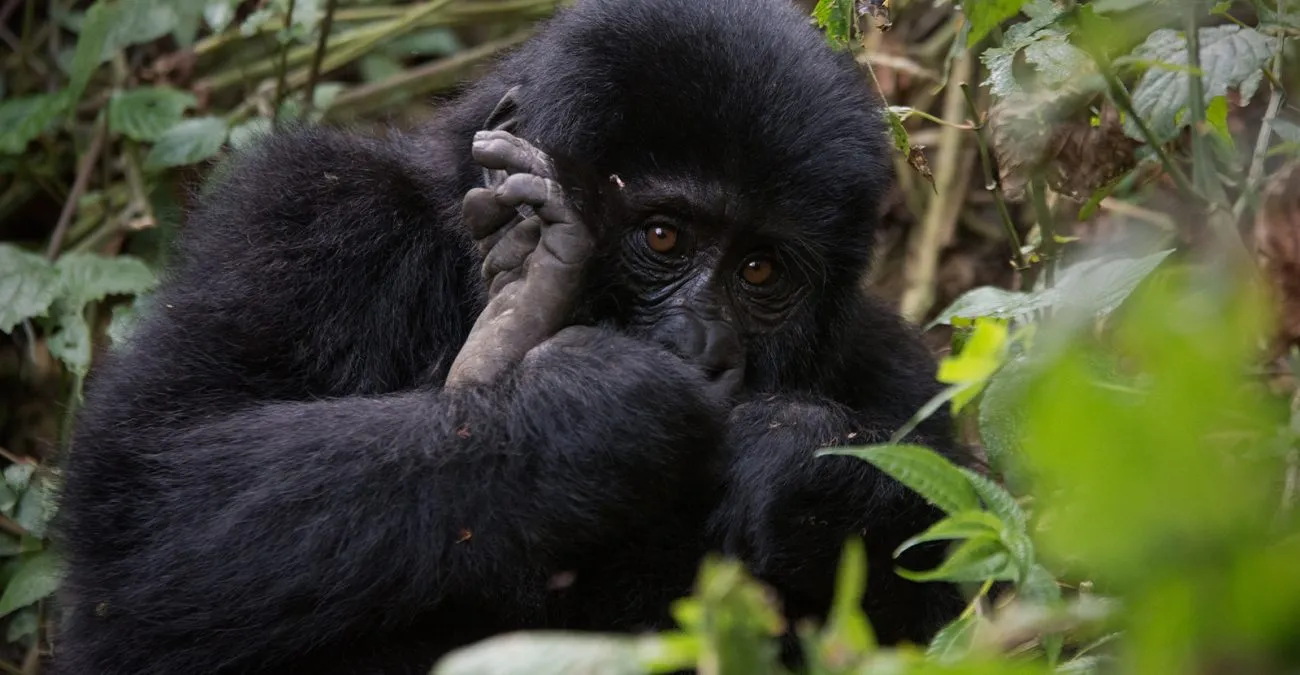
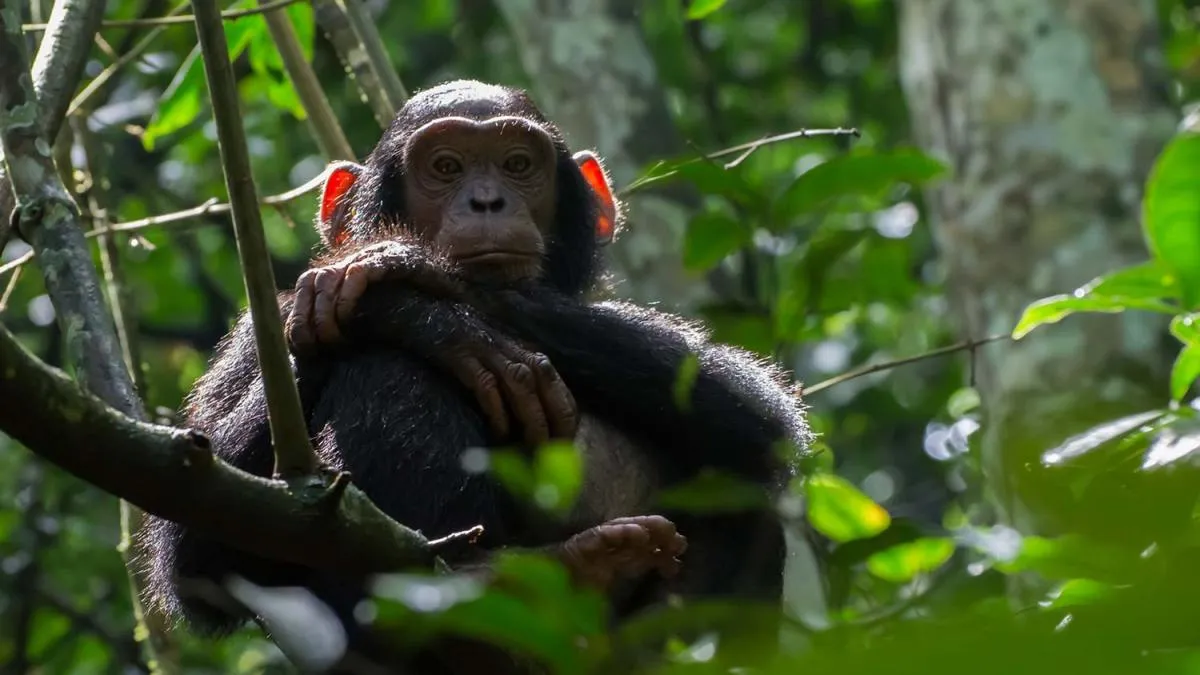
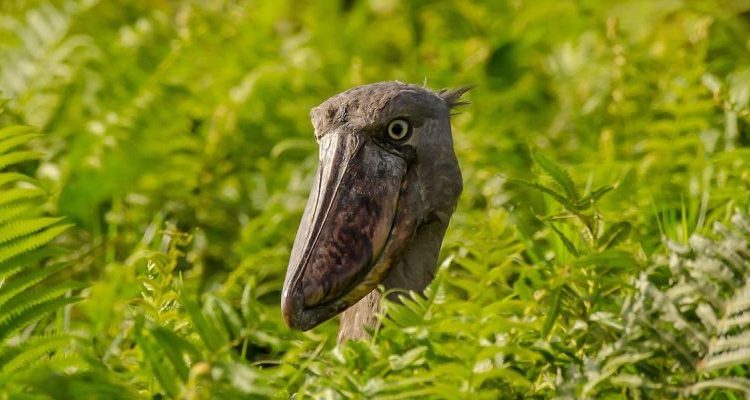
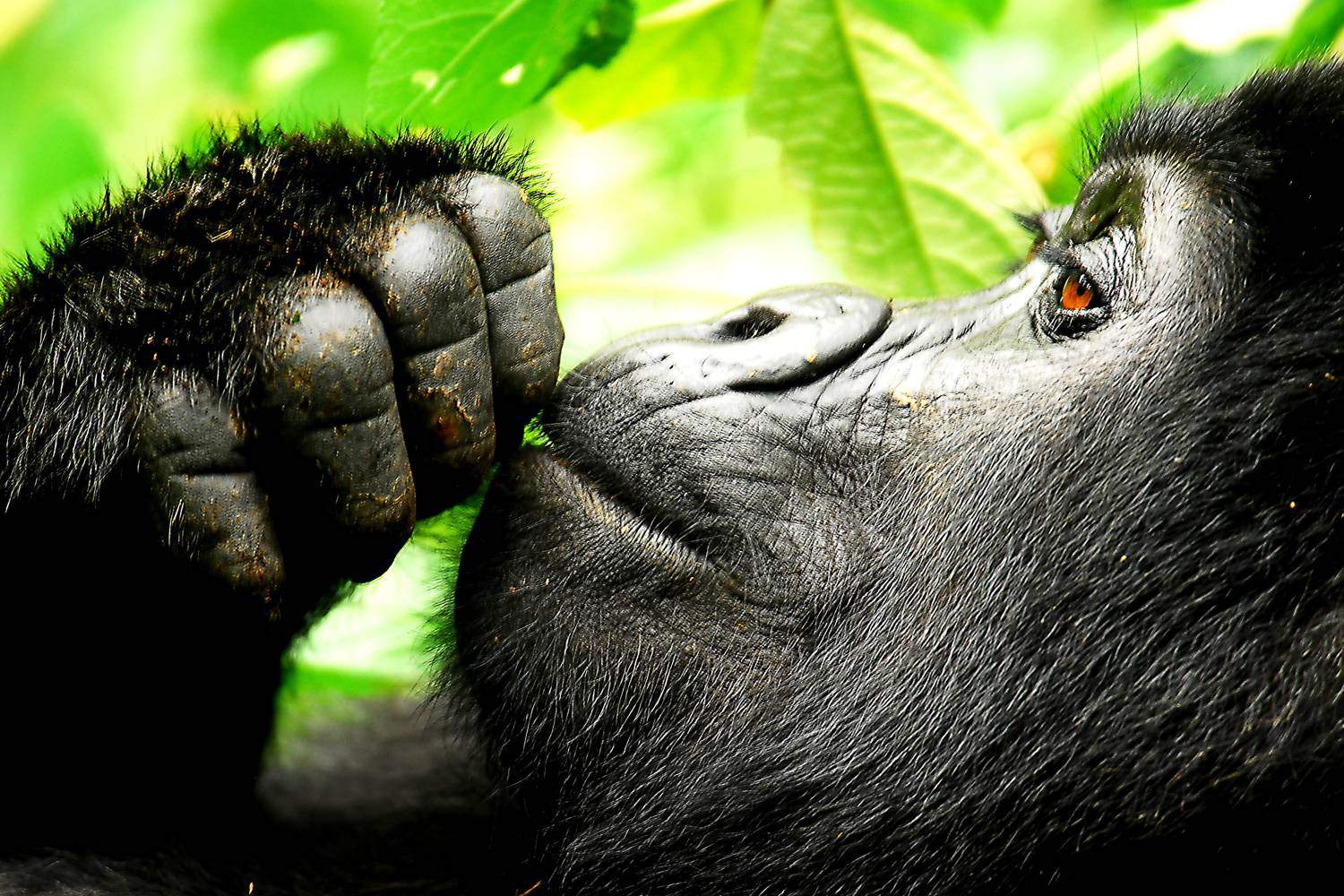
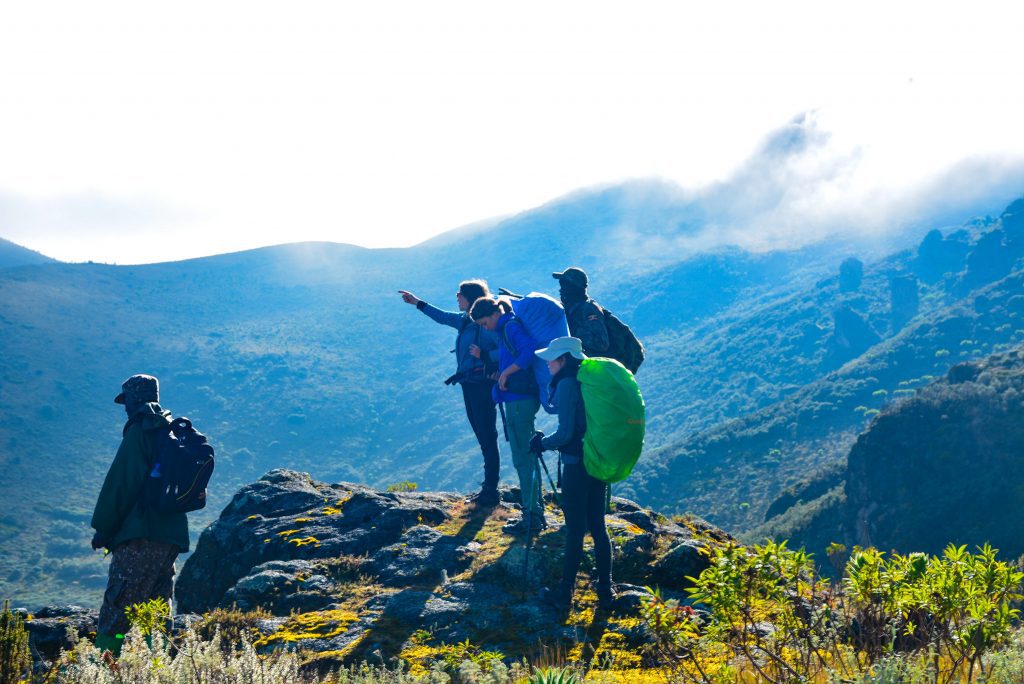
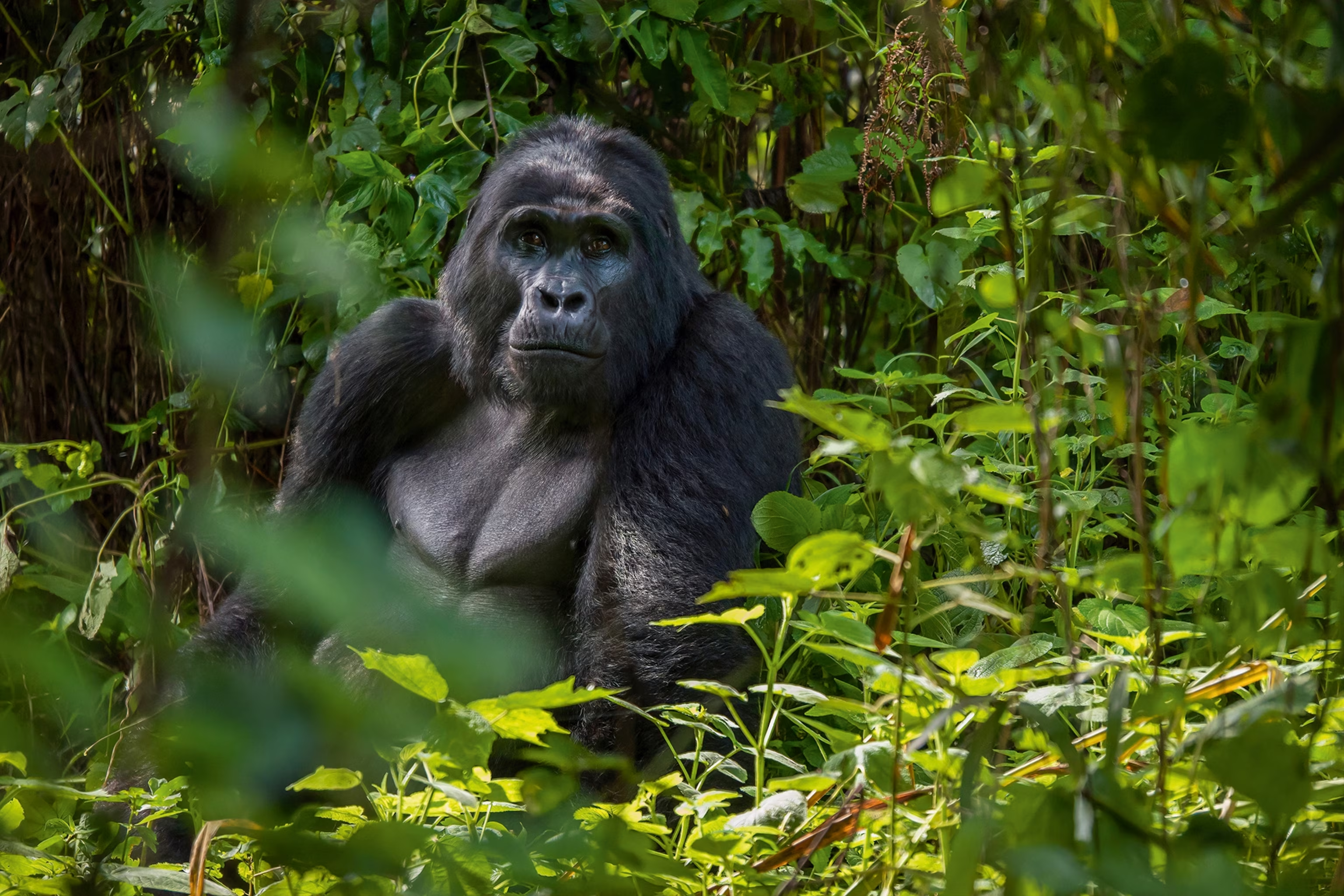
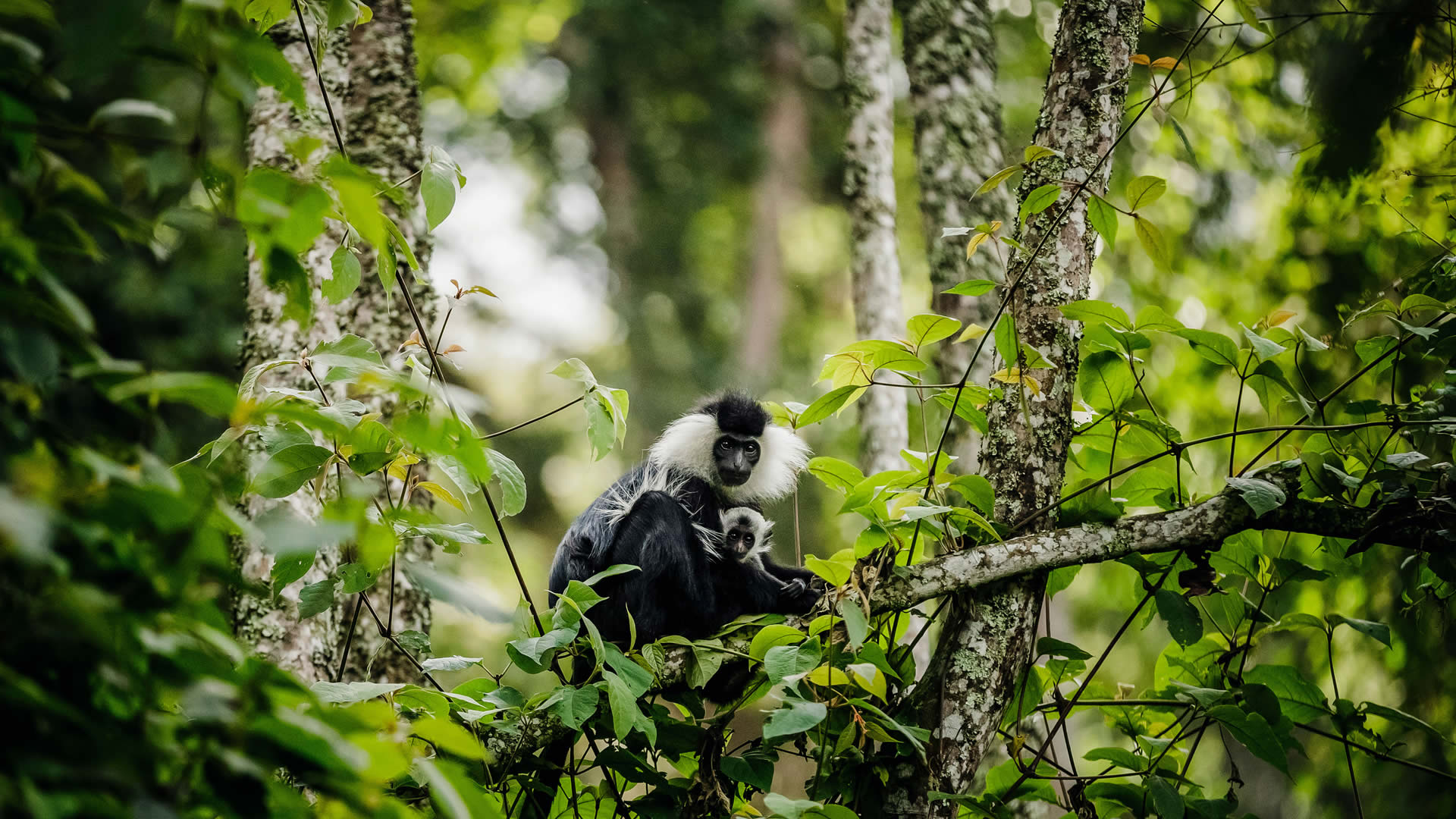
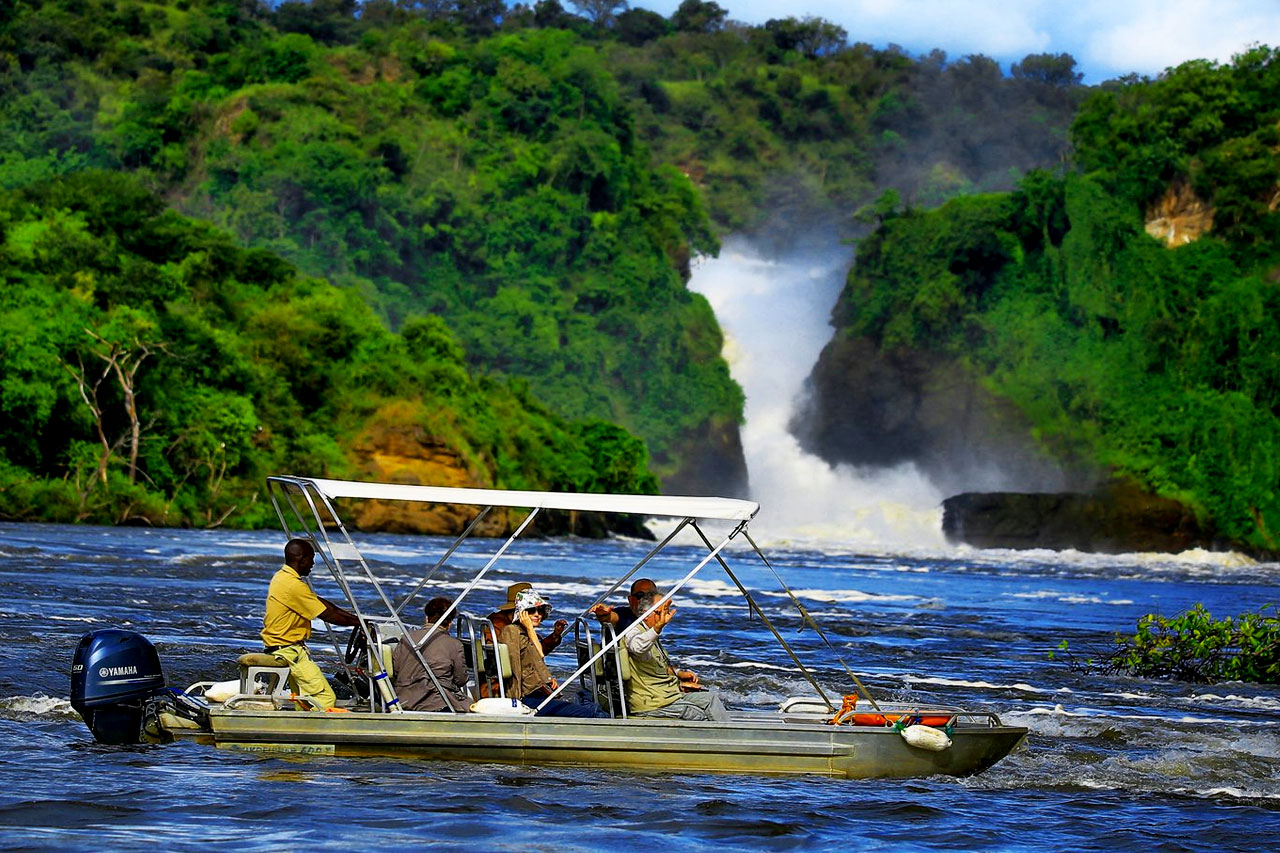
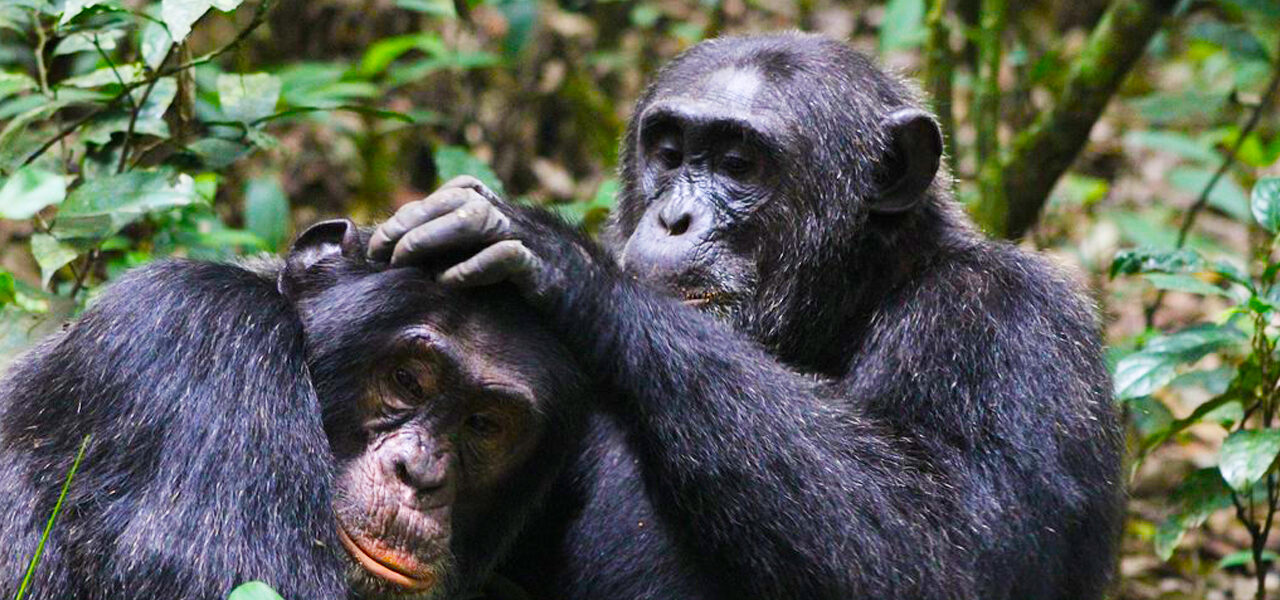

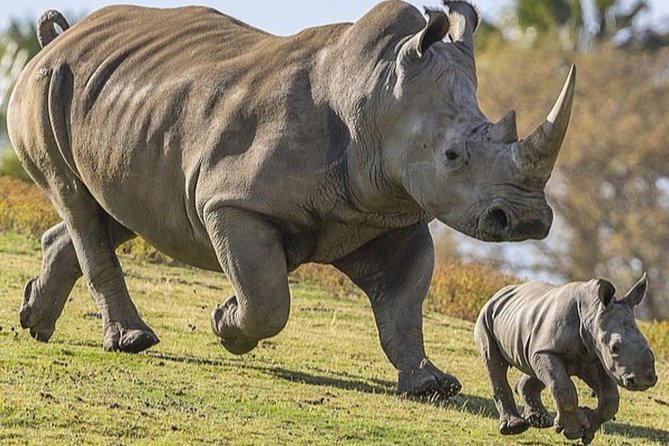

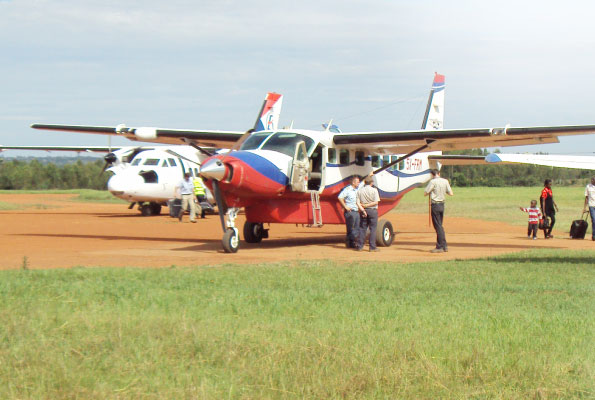
 WildHorn Africa – Authentic and unforgettable tours across Africa, guided by local experts who know the land, wildlife, and culture best.
WildHorn Africa – Authentic and unforgettable tours across Africa, guided by local experts who know the land, wildlife, and culture best.


